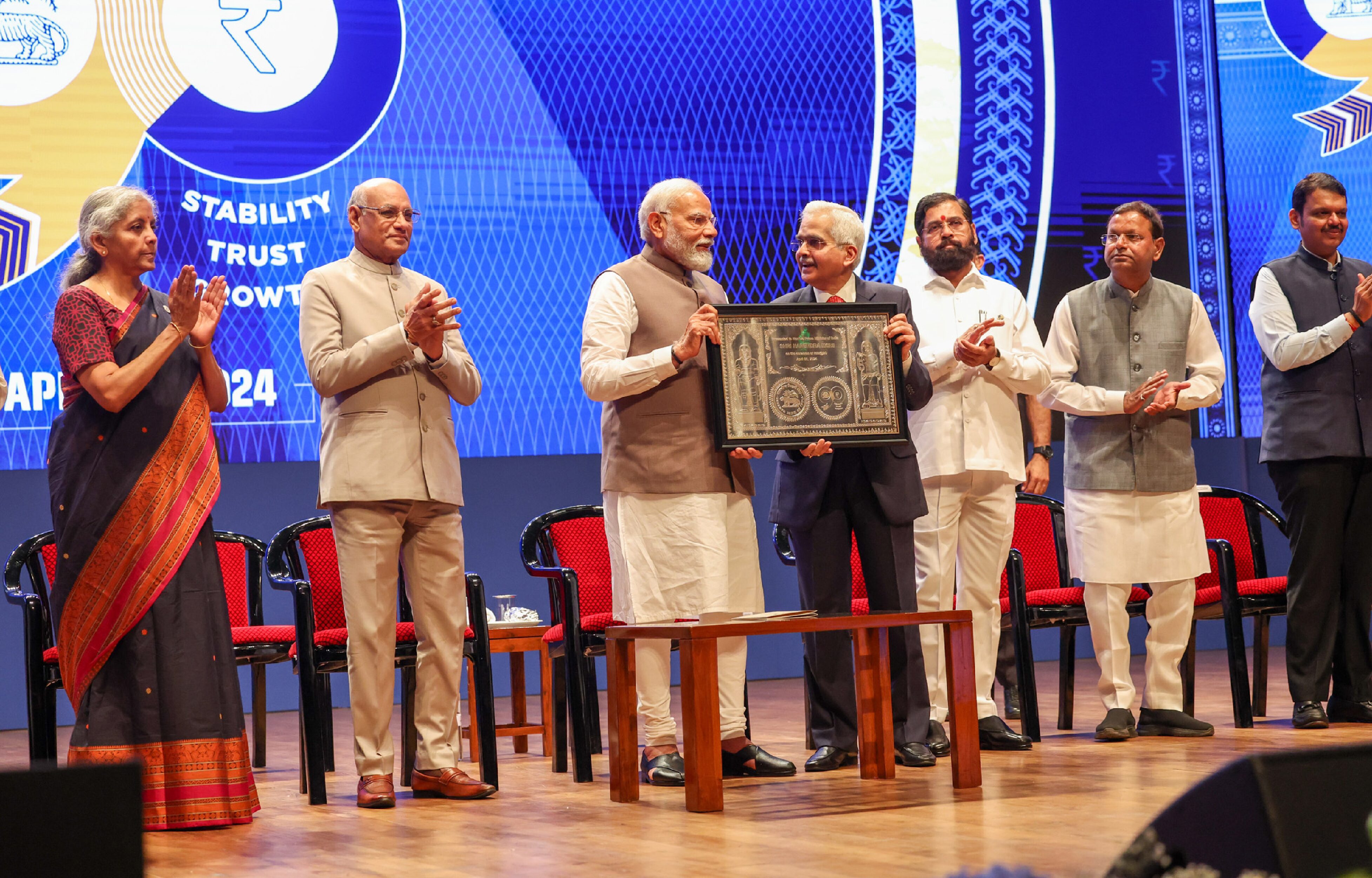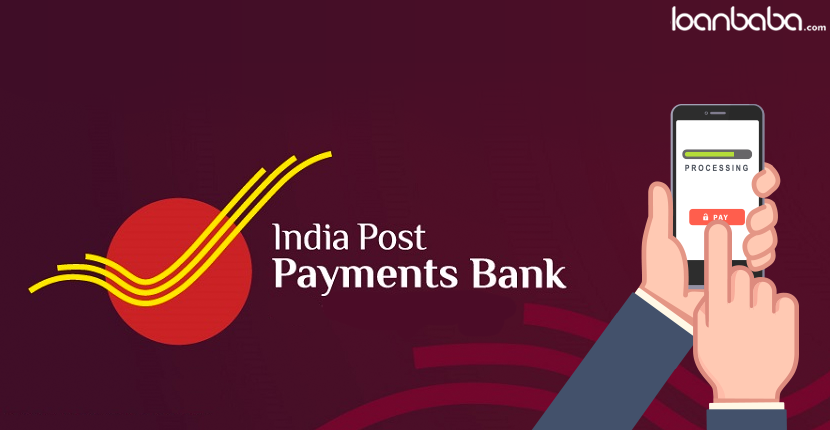Reforms serve as the tools which enable Odisha Government to meet organizational challenges creating opportunities to make the process of governance suitable for changing environment.
Odisha with its pristine beauty and glorious culture has emerged as a leading state of the nation. The economy of Odisha which has been forced to be reduced to 4.92 percent in 2020 -2021 financial year owing to the devastating effect of Covid-19 is on its way for recovery. The state Government has projected a development of 9.5 percent in current financial year while it is expected to register a growth of 9 percent in the financial year 2022-2023 as per the gross estimation.
Odisha the land of possibilities and opportunities has made rapid economic growth in recent years by leveraging its huge natural resources, ample skilled manpower, investor friendly policies, startup missions, infrastructure linkage, disciplined fiscal management and replicable disaster management. Prior to 2020 Odisha’s economy has progressed at an average annual rate of 7.1 percent which was higher than the national average. But in 2020-2021 the economy has headed for a negative growth. The deceleration of growth may be attributed within the broad framework of slowing growth across the globe with the Covid-19 pandemic acting as a powerful drag on the state economy.
The vital sectors of the economy and its growth engines e.g. Agriculture, manufacturing, construction, mining, hospitality, transport, storage, communications, real estate and tourism sectors decline sharply in 2020-2021 in comparison to previous year. But after the initial jerk of Covid -19 the state economy has performed in a disciplined manner which is very encouraging and has reasonably a high growth rate. The performance of industry and service sector along with agriculture sector indicates a comparably stable trend because they are not prone to violent fluctuation. Together the duo i.e., the service sector and industry sector which now shares more than 80 percent of state GSDP is going to play a vital role in boosting the economy and employment in the state. The individual classification of the service sector continues to serve as the largest contributor of state economy of the decade in terms of its share to GSDP, economic growth and employment. Among the various segments of services sector, trade, repair, hotels and restaurants taken together is the leading sub sector with the majority share to output from services. Since the state is taking adequate steps to increase its share in infrastructure for industrial development the share of services sector in Gross State value added is expected to increase further.
The industry sector is attributed to industrial development and mineral resources which is the engine of economic growth of a nation. The series of state’s IPR and MSME policy transforms Odisha into an industry led economy since last decade. The industry sector due to its linkages with services h as the capacity to pass on the growth impetus to the entire economy, truly acting as a growth driver. The state having been bestowed with a rich stock of minerals occupies a prominent place in the mineral map of India. Odisha has substantial production of minerals like Iron, Chromite, Coal and Bauxite making it a n ideal location for mining and mineral based manufacturing industries. Although quantum of identified mineral reserves has been enhanced in the state through exploration, the positive impact of incr eased production of majority of minerals has been moderated by softening of mineral prices. The strategy for this sector would be to promote domestic industry, reduce dependency and feed into the “Make in Odisha” initiative. Amid sluggish economic activities due to Covid-19 crisis, the state Government has approved amendments to the state’s industrial policy and labour laws to revive various sector of industrial economy.
Agriculture sector still continues to be the major source of livelihoods for a major part of the population of the state. As per the population census about 83.3 percent people of Odisha are living in rural areas and majority of work force are engaged in rural activities. The core sub sectors of the broad agricultural sector are of crop, livestock, fishery and forestry. Before the covid pandemic the state experienced transient success in terms of crop diversification, irrigation, crop production, productivity, plant protection, farmer’s credit, post-harvest mechanism, marketing and crop sector firms of paddy and non-paddy leading to rise in farmer’s income. The agricultural budget of the state shows the way for sustainable practices with higher investment, efficient production technology, post-harvest solutions, effective value addition and remunerative market options in agricultural sector. Continuous efforts are being undertaken to uplift the rural areas through various poverty alleviation schemes and provide the population with suitable housing, connectivity and sanitations. The incessant effort to reduce rural poverty plays a vital role in state economy.
The state economy is slowly returning to normal path and for this the financial resources mobilized through the state’s own taxes, share in central taxes, grant from the center etc. plays a vital role. Sound fiscal policy and astute financial management are the preconditions for fostering economic development of the state in a sustainable manner. During the years the State Government has not only put its finance on a stable path, but also have managed its finances in a transparent and efficient manner which is evident from the healthy fiscal indicators. For this various reform majors has been initiated. Reforms serve as the tools which enable Government to meet organizational challenges creating opportunities for Government to make the process of governance suitable for changing environment. Good governance along with Participatory Budget Initiative (PBI) has been implemented in recent past to bring the financial status of the economy into track.
The quality of life of the people of Odisha is increasing day by day. In economic sense the core to this understanding is capacity approach. It is the process of augmenting people’s choices to lead a long and healthy life, to be educated, to enjoy a decent standard of living, freedom, other human rights and various ingredients of self-respect. Increase of the state of social sector leads to the increase of quality of life. This sector is a critical and vital sector of the economy and includes components such as health and medical care, education, water supply and sanitation, poverty alleviation, housing and social safety needs.
The overall structure of the state economy is very solid and unique one in comparison to other growing states of the nation. Good governance followed by various creative measures are the hallmark of the holistic development. The effectiveness and responsiveness of the Government is quite commendable. But the pandemic is not yet over. The irony is that policies adopted to address the public health disaster have intensified the economic decline. However, the economy is looking up. With gradual support of corrective measures, the economy is reviving and hope that in the revive livelihood era things would be much brighter for our state in near future.
 Indian Industry Plus A Pratisrutiplus Suppliment
Indian Industry Plus A Pratisrutiplus Suppliment
















